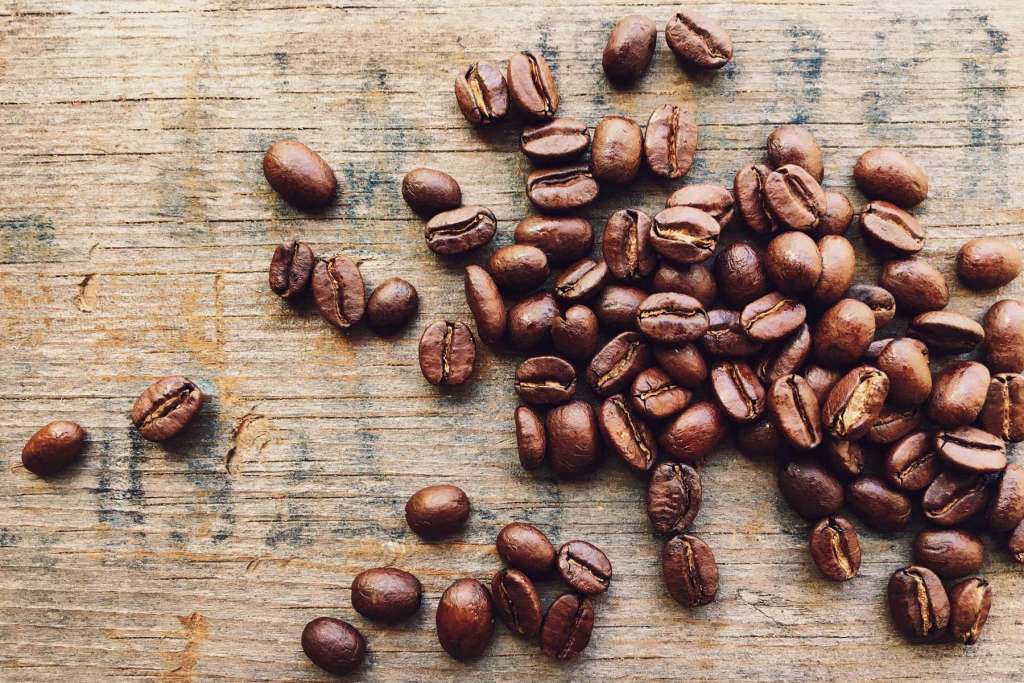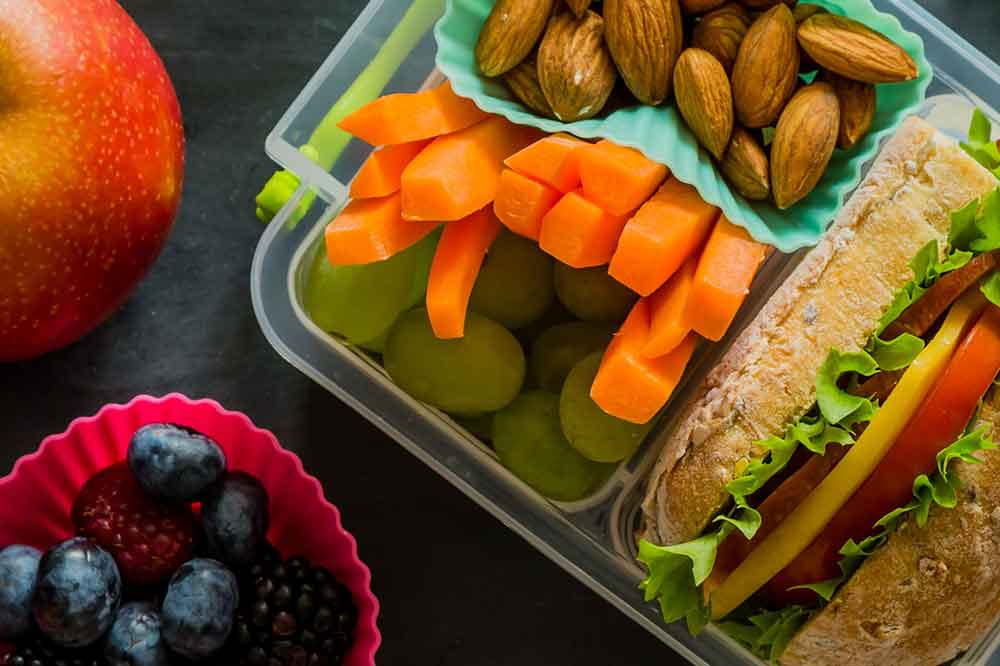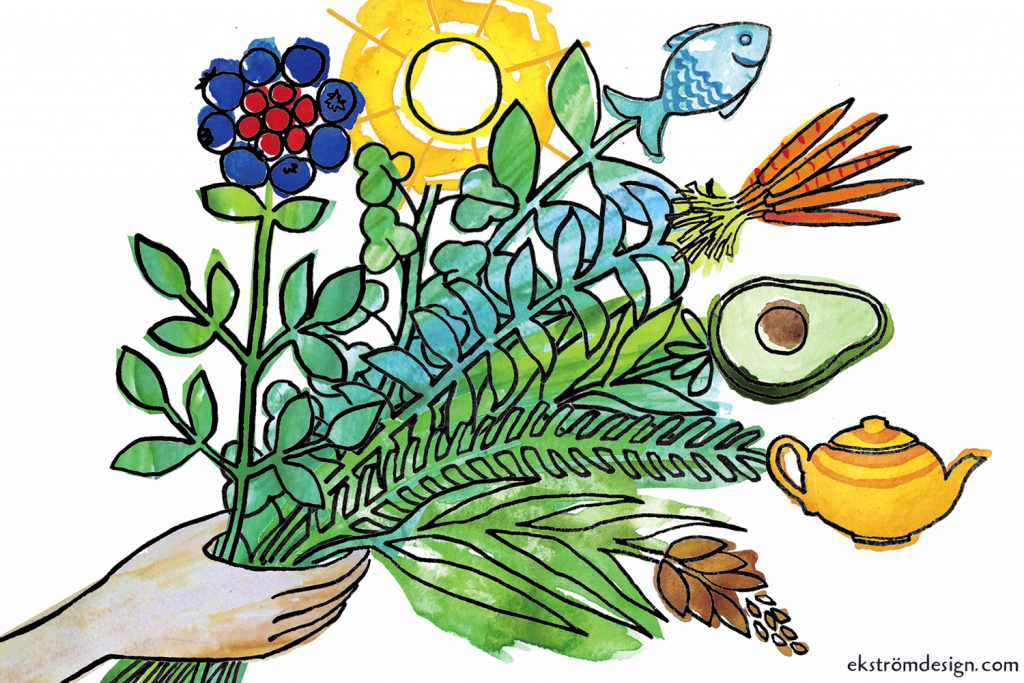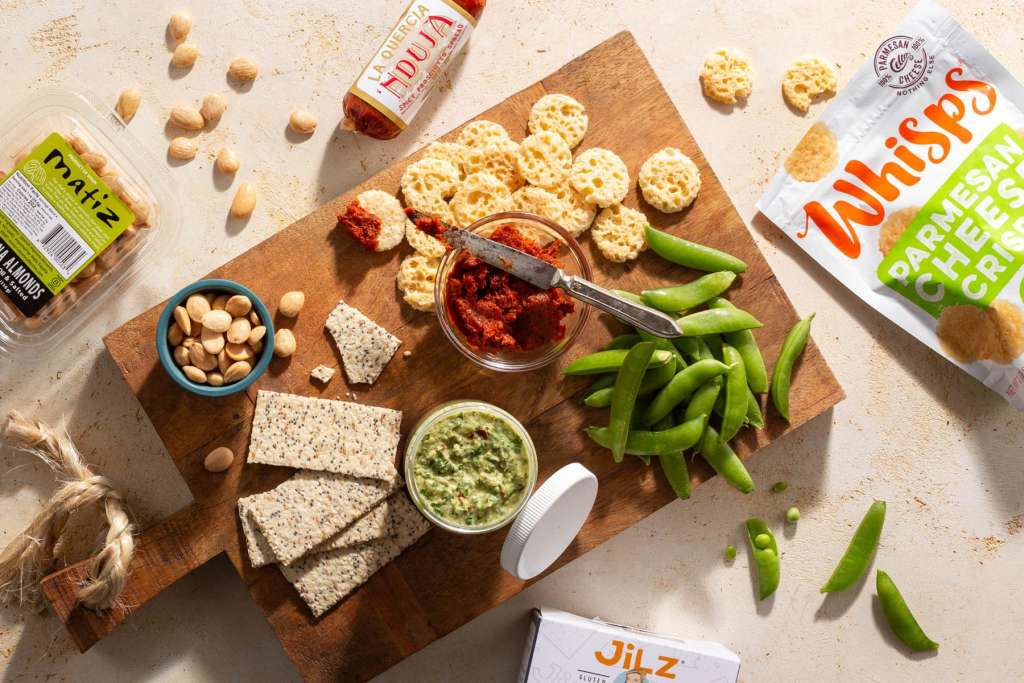Caffeine: What’s in a Cup?

An estimated 86 percent of Americans consume caffeine every day, but few of us understand how it works, and many are unclear on how it fits into a healthy lifestyle. Sun Basket ‘s Director of Nutrition, Lindsey Kane is here to set the record straight.
How caffeine works
At the molecular level, caffeine shares a very similar structure to adenosine, a neurotransmitter responsible for inhibiting the central nervous system and induces a state of rest. Because of caffeine’s similar molecular shape, the molecules fit perfectly into adenosine brain receptors. In other words, caffeine can steal adenosine’s parking spot, preventing it from helping you rest. Caffeine is then able to activate the central nervous system by dilating the pupils of the eyes, opening airways to optimize breathing, increasing heart rate, expanding blood vessels to improve blood flow, and delivering more oxygen to muscles and lungs, while the liver releases sugar into the bloodstream for extra energy.
Caffeine is one of the most heavily researched subjects in nutritional science, and there are plenty of findings that support maintaining your daily caffeine habit.
Your morning cup of joe can help make you:
-
Smarter—As caffeine dilates the blood vessels it promotes blood flow to the brain, which is why it’s associated with improved cognition, heightened focus, improved decisiveness, and speedier problem-solving.
-
Happier—Just 100mg of caffeine (the equivalent of one cup of coffee) can help you feel relaxed, improve your mood, and relieve stress.
-
More effective—Thanks to activating our fight-or-flight mode, several studies have linked caffeine consumption with longer endurance, improved physical performance, and faster recovery time.
-
Live longer—Preliminary research has associated caffeine with a lower risk of mortality, including a lower incidence of coronary heart disease, kidney disease, diabetes, liver disease, Parkinson’s, and Alzheimer’s.
A Caffeine Habit That Works for You
Caffeine can definitely fit into a healthy lifestyle, as long as you’re making the right decisions when it comes to getting your fix. Here are some suggestions:
Know where to find it.
The FDA does not require manufacturers to list caffeine content on product labels, so it’s up to the consumer to be aware of where caffeine lives.
Natural Caffeine
-
Coffee: On average, an 8-ounce cup of coffee contains about 150 to 200 mg caffeine, while one cup of decaf may contain anywhere from eight to 14mg of caffeine.
-
Tea: Alternatively, an eight-ounce cup of tea only contains about 80 mg caffeine, however this varies greatly based on the type of tea.
-
Cocoa beans: One 50g bar of chocolate (about the size of a smartphone) can contain anywhere from three to 60mg of caffeine, depending on the amount of added ingredients. Dark chocolate generally contains less added sugar and milk boasting a stronger punch of caffeine than milk chocolate.
Added Caffeine
-
Sodas: While the original cola was derived from the kola nut, a natural source of caffeine, most colas and other sodas on the market today receive their caffeine during the production process. A 12-ounce soda may contain 35 to 55mg of caffeine, on average.
- Energy drinks: Because energy drinks aren’t classified as “carbonated beverages” they’re able to dodge the FDA caffeine limit and often combine heavy doses of caffeine with excess sugar and other stimulants and additives.
Rethink your drink.
In most cases, it’s not the caffeine itself that wreaks havoc on your health, it’s the sugar, cream, flavored syrups, and artificial flavors and sweeteners that you add to it. Reflect on how you take your caffeine and give it a healthy upgrade.
Know your limit.
The FDA currently recommends keeping your caffeine intake below 400mg per day to avoid unwanted side effects like dizziness and dehydration. However, it’s important to determine your personal limit, as the effects of caffeine vary from person to person. Keep a journal and track how much caffeine you actually consume and note any side effects. Adjust how much you consume—and how frequently—to see how your body responds to different doses.
Be your own source of energy.
If you feel like you’ve become overly reliant on caffeine, consider other sources of energy. Work on adopting a better sleep schedule, or get outside during your afternoon break for a walk and let the sun and fresh air wake you up. Stay hydrated by drinking lots of water, as dehydration can cause brain fog and fatigue. Harnessing healthy habits will show you that caffeine is no match for organic energy.









